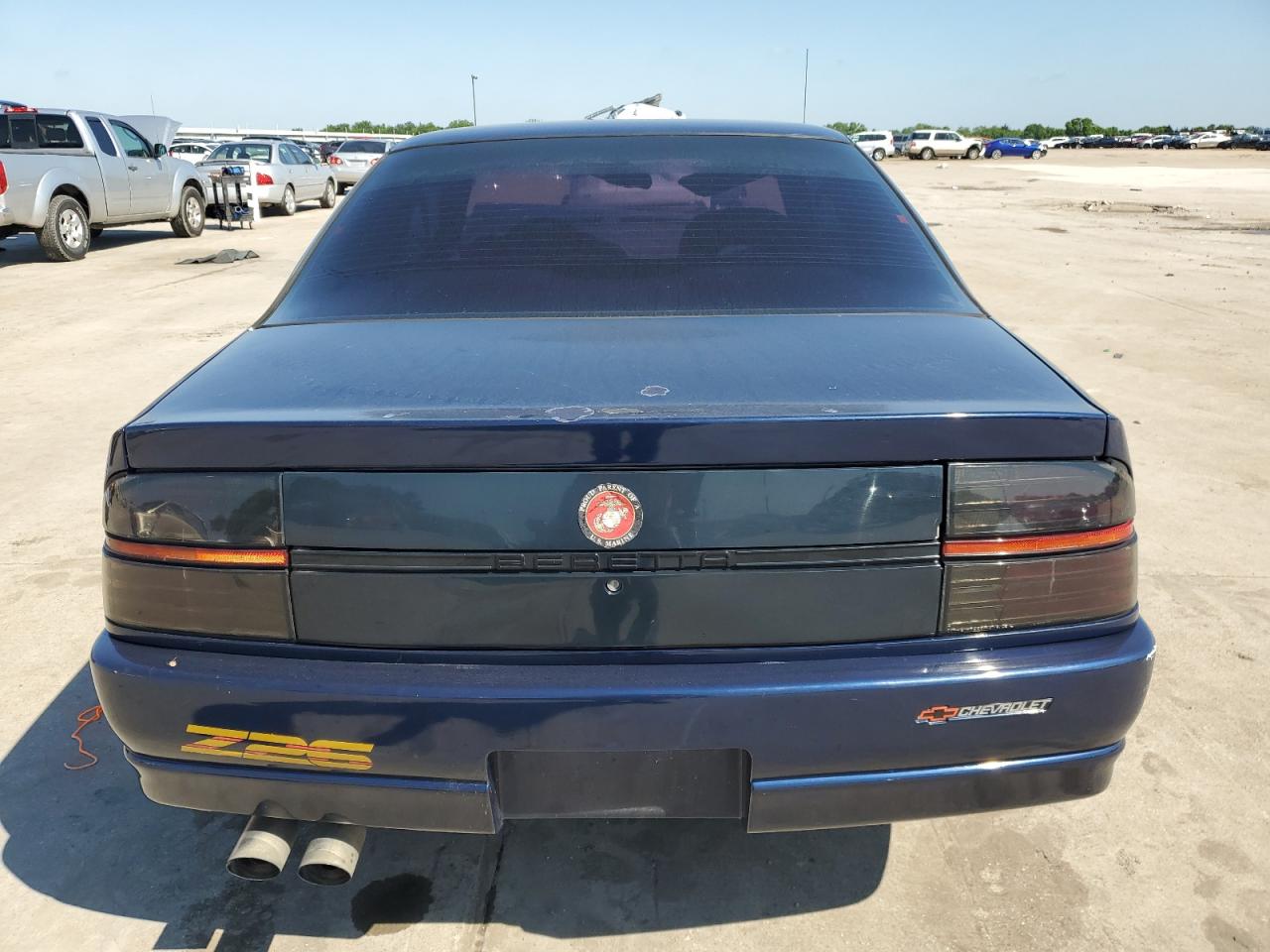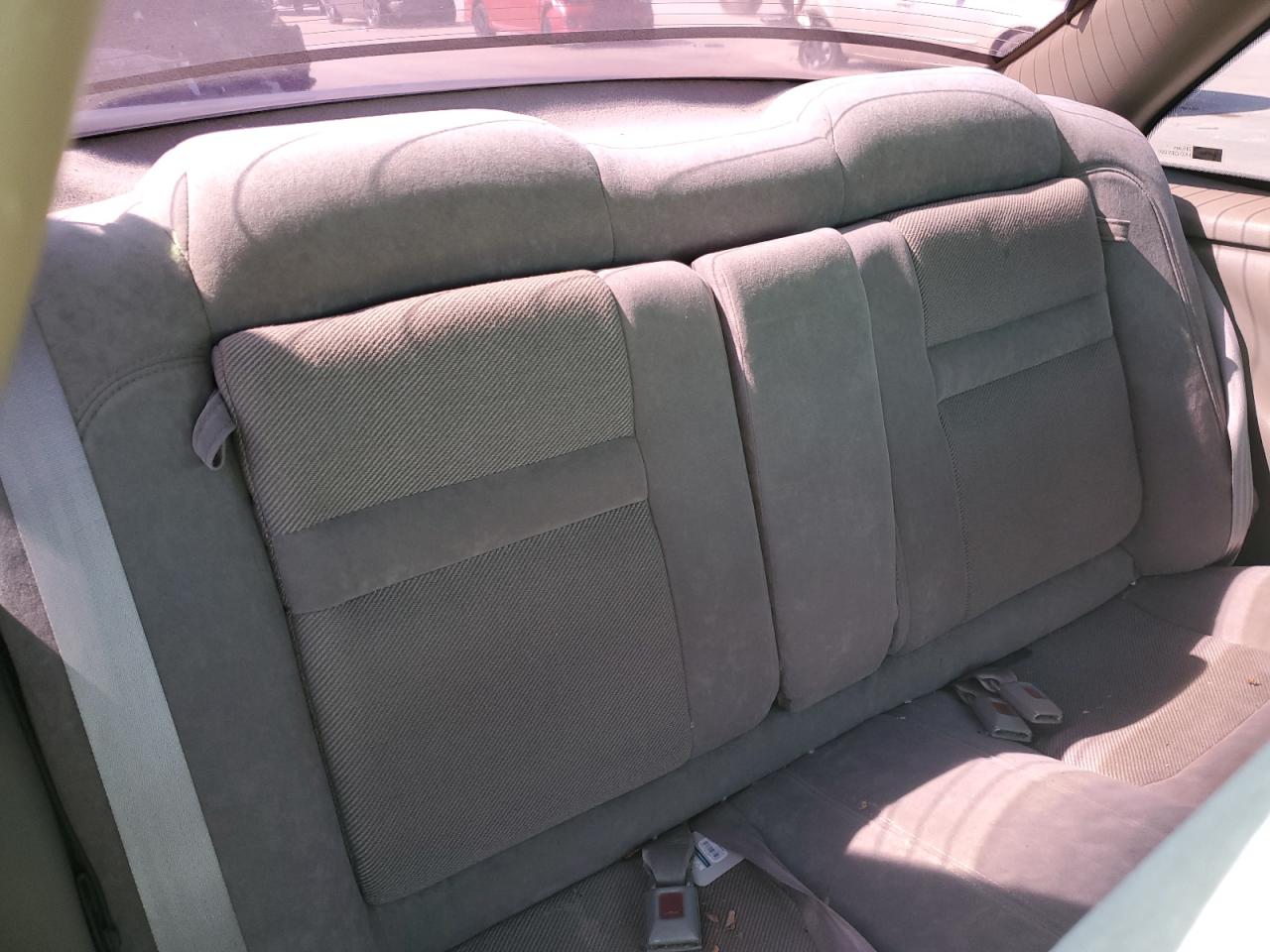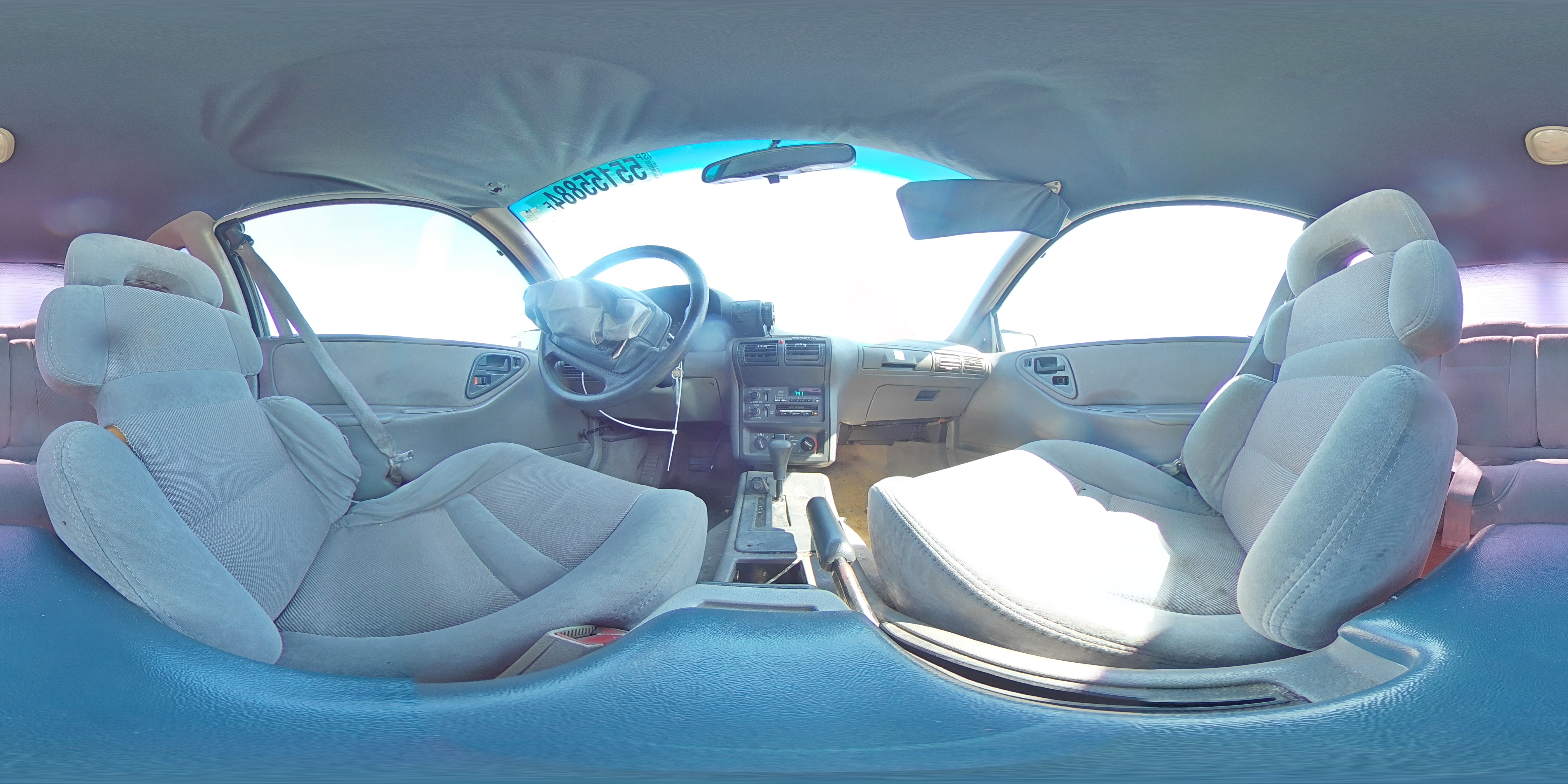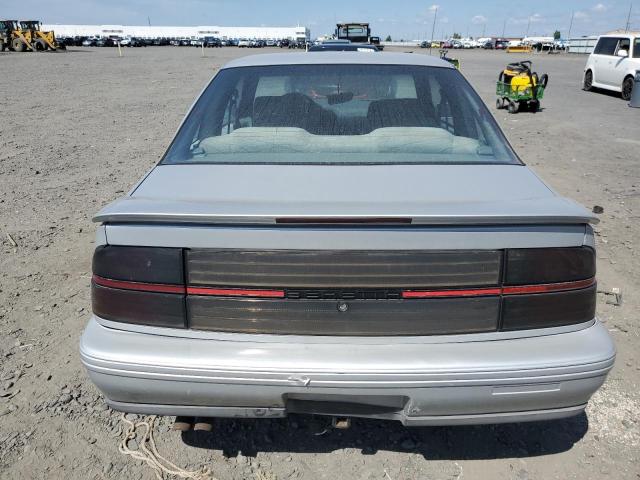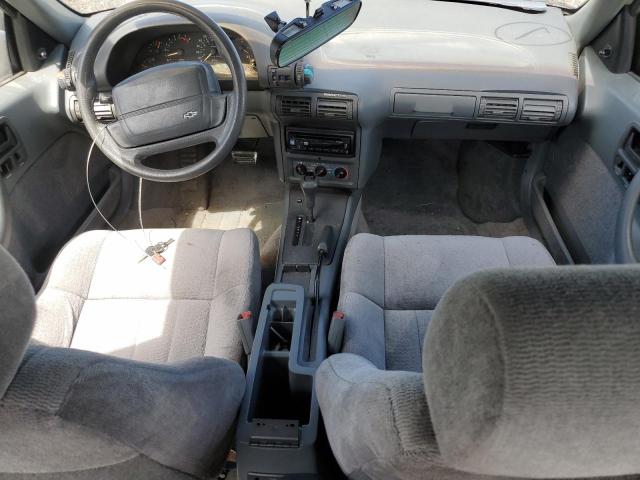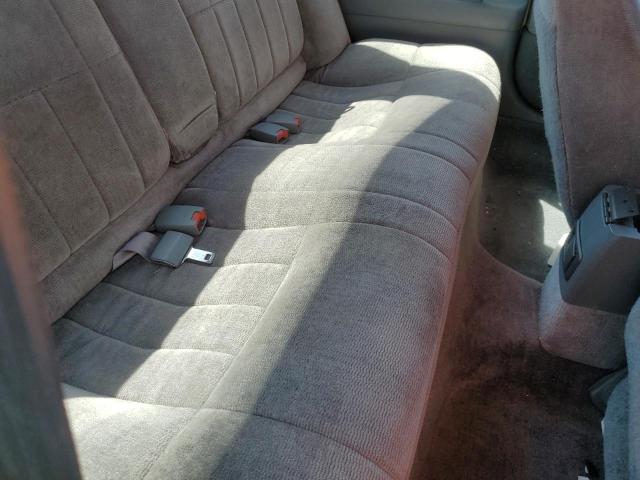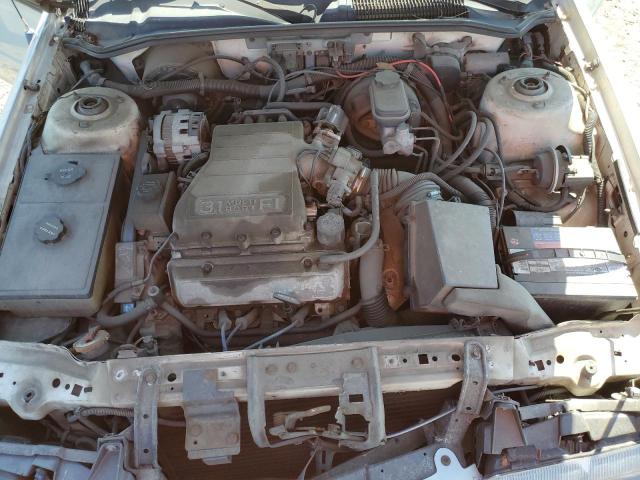Chevrolet Beretta (4)
1994 Chevrolet Beretta
1996 Chevrolet Beretta
The Chevrolet Beretta is a model that has made a significant contribution to the history of the automotive industry, representing an example of elegant design, high performance and reliability. Since its debut in the late 1980s, Beretta has become a popular choice for car enthusiasts seeking comfort and style on the road.
During its existence, the Chevrolet Beretta went through several modifications, each of which brought new technologies and functions to the model, making it more advanced and competitive in the market. From classic sedans to sports coupes, Beretta offered a variety of options for different types of consumers.
The color palette of the Chevrolet Beretta is also wide and varied, from classic black and white shades to bright and colorful variations that highlight the individuality of each owner. The model's production years span several decades, during which Beretta has gained many fans around the world.
However, in addition to successes, there are also problematic aspects that some Chevrolet Beretta owners have encountered. Some models experienced certain engine or suspension problems that required careful maintenance and regular maintenance. Despite this, many enthusiasts remain loyal to this model, appreciating its elegant design and dynamic performance.
History of the Chevrolet Beretta: from its inception to the present day
The first generation Chevrolet Beretta was released in 1987 and was presented as a coupe. The model was popular due to its stylish design, efficiency and reliability. Impressive performance and an affordable price have made Beretta an attractive choice for many car enthusiasts.
Over the years, Chevrolet has released several versions of the Beretta, including versions with more powerful engines, improved features, and additional options. However, despite its popularity, demand for the Beretta began to decline over time, and the model was eventually discontinued in 1996.
Despite its short existence, the Chevrolet Beretta left a bright mark on the history of the automotive industry. Its stylish design, reliability and affordability have made it popular among many Chevrolet fans. Today, the Beretta remains a collectible model, valued by many collectors and vintage car enthusiasts.
Getting to know the legendary model: foundation and initial stages of production
The Chevrolet Beretta series has become an icon of the American automobile industry, striking with its stylish design and reliability. Its history dates back to the late 1980s, when General Motors (GM) decided to develop a new line of sedans and coupes for the mass market.
The first Chevrolet Beretta rolled off the assembly line in 1987, presenting the public with an attractive alternative to the traditional American cars of the time. This moment marked the beginning of a long and successful history of the model.
Over the following years, the Beretta model gained popularity due to its dynamic appearance, excellent handling and variety of trim levels. Various modifications and color options allowed buyers to choose a car that suited their needs and lifestyle.
- Years of production: 1987-1996
- Modifications: basic, GT, Z26
- Colors: Popular ones included red, black, white, blue and silver
These early stages of production set the stage for the future success of the Chevrolet Beretta and made significant contributions to the history of the American automobile industry.
Chevrolet Beretta modifications: a variety of options for every taste
The Chevrolet Beretta model offered a wide range of modifications to suit the different needs and preferences of drivers. Each model differed in design features, technical characteristics and level of comfort, which made choosing a car even more exciting.
Among the most popular modifications of the Chevrolet Beretta are Beretta Base, Beretta GT, Beretta GTZ and Beretta Indy. The Beretta Base was the basic version of the model with basic options and an economical engine. The Beretta GT and GTZ offered more powerful engines and sport-tuned suspensions, providing dynamic handling and increased performance. And the Beretta Indy featured a special design created in honor of the Indianapolis 500 racing series.
- Beretta Base: Offered basic options and fuel-efficient engines.
- Beretta GT: Had more powerful engines and a sports suspension.
- Beretta GTZ: Offered high performance and dynamic handling.
- Beretta Indy: Featured a special design dedicated to the Indianapolis 500 racing series.
Review of the main modifications of the Chevrolet Beretta
During its production journey, the Chevrolet Beretta went through various modifications, from basic configurations to sports versions, each of which had its own characteristics and appeal to buyers.
Beginning in 1987, the Beretta was offered in base trim, powered by a 2.0-liter four-cylinder engine and front-wheel drive. This version was popular among economical consumers who valued reliability and comfort.
Main modifications:
- GT: In the 1990s, the GT version was introduced, equipped with a more powerful V6 engine, which gave the car a sportier look and dynamic performance.
- Z26: This version, released in the late 1990s, was introduced as a sports model with improved suspension, aerodynamic bodywork and a more powerful engine.
- Indy: In 1988, a special edition Beretta Indy was released that featured special colors and limited editions, making it a collector's item.
Each of these modifications had its fans and was appreciated for its unique features. From basic trim levels to sporty versions, the Chevrolet Beretta offered a variety of choices for different categories of motorists.
Chevrolet Beretta color scheme and years of production: a reflection of the evolution of style
When it comes to the Chevrolet Beretta, it is impossible not to mention its varied color palette, which corresponded to the trends of each era of its production. From its introduction in the late 1980s until production ended in the mid-1990s, Beretta was offered in a wide range of shades that embodied the spirit of each era.
The first Beretta models, released in the late 1980s, offered classic colors, from understated blacks and silvers to vibrant reds and blues. However, over time, Chevrolet expanded the palette, adding new shades that reflected the changing tastes of car enthusiasts and trends in automotive design.
- 1987-1990: At the beginning of its production, the Beretta came in traditional colors such as black, silver, red and blue. These shades went well with the 1980s aesthetic.
- 1991-1993: With the arrival of the early 1990s, Chevrolet introduced bold new colors including bright yellow, rich green and deep burgundy. These shades reflected the era of new technologies and dynamic style.
- 1994-1996: In the final years of Beretta's production, the color range became more varied, including metallic shades such as metallic, chameleon and pearl. These colors added luxury and sophistication to the car.
Beretta's color scheme not only reflected the fashion trends of each era, but also allowed owners to express their individuality through the choice of shade that best suited their style and preferences.
Chevrolet Beretta Color History
Car colors have always played an important role in the history of the Chevrolet Beretta. From classic shades to bold experiments with color palettes, every era in Beretta's life has left its mark on its paint choices.
Since its initial release in 1987, the Beretta has been offered in a variety of color options, from basic to exclusive. This model has always sought to satisfy the different tastes and preferences of car enthusiasts.
Results and color compatibility with years of production
As we explore Beretta's history, we see that color preferences have changed with the times and trends. Some shades, such as classic black or white, have always remained in demand, while other colors may only gain popularity in certain years.
Despite this, the Chevrolet Beretta remained a model where every owner could find the right color to suit his taste. The compatibility of colors with the years of production made it possible to create a unique style and emphasize the individuality of each car.










